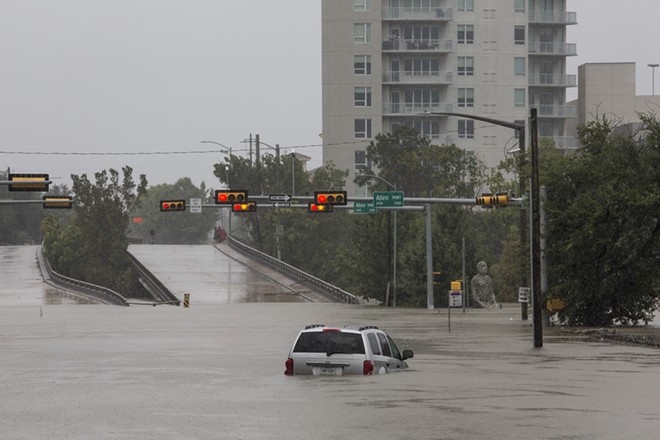
By THE NEW YORK TIMES
© 2017 New York Times News Service
Local officials now say that at least 46 deaths were related to or suspected to be related to the devastating hurricane that made landfall in Texas close to a week ago, and cautioned that the number could still rise.
About 42,000 people were being housed at Red Cross and partner shelters, Suzy DeFrancis, a spokeswoman for the American Red Cross told CNN Friday, an increase since the day before. She said that the organization would probably be in an emergency relief mode until at least Thanksgiving.
But in Beaumont, a city of almost 120,000 people near the Louisiana border where running water was cut off by flooding, the situation was still dire. Brad Penisson, a fire rescue captain in Beaumont, said Friday that the city was setting up water distribution stations, and that restoring drinking water had become its most urgent priority.
Officials in Texas warn of a daunting cleanup process.
Abbott, interviewed on ABC’s “Good Morning America,” said that Texas faced a “massive, massive cleanup process” that was going to be “far larger in scope” than Hurricane Katrina because it covered a much larger geographic area.
In an interview on CNN on Friday morning, Houston’s mayor, Sylvester Turner, said that the most important thing for his city at the moment was the support of the federal government.
“It may be geographically in our area,” he said of the storm’s aftermath, “but the ramifications and the impact affect the entire country.”
Flooding remained severe in eastern Texas and western Louisiana, but the storm is starting to lose its tropical characteristics as it moves toward the Ohio Valley, according to the National Weather Service.
Tom Bossert, the White House official who is spearheading the Trump administration’s storm response, estimated that 100,000 houses in Texas and Louisiana had been damaged or destroyed.















